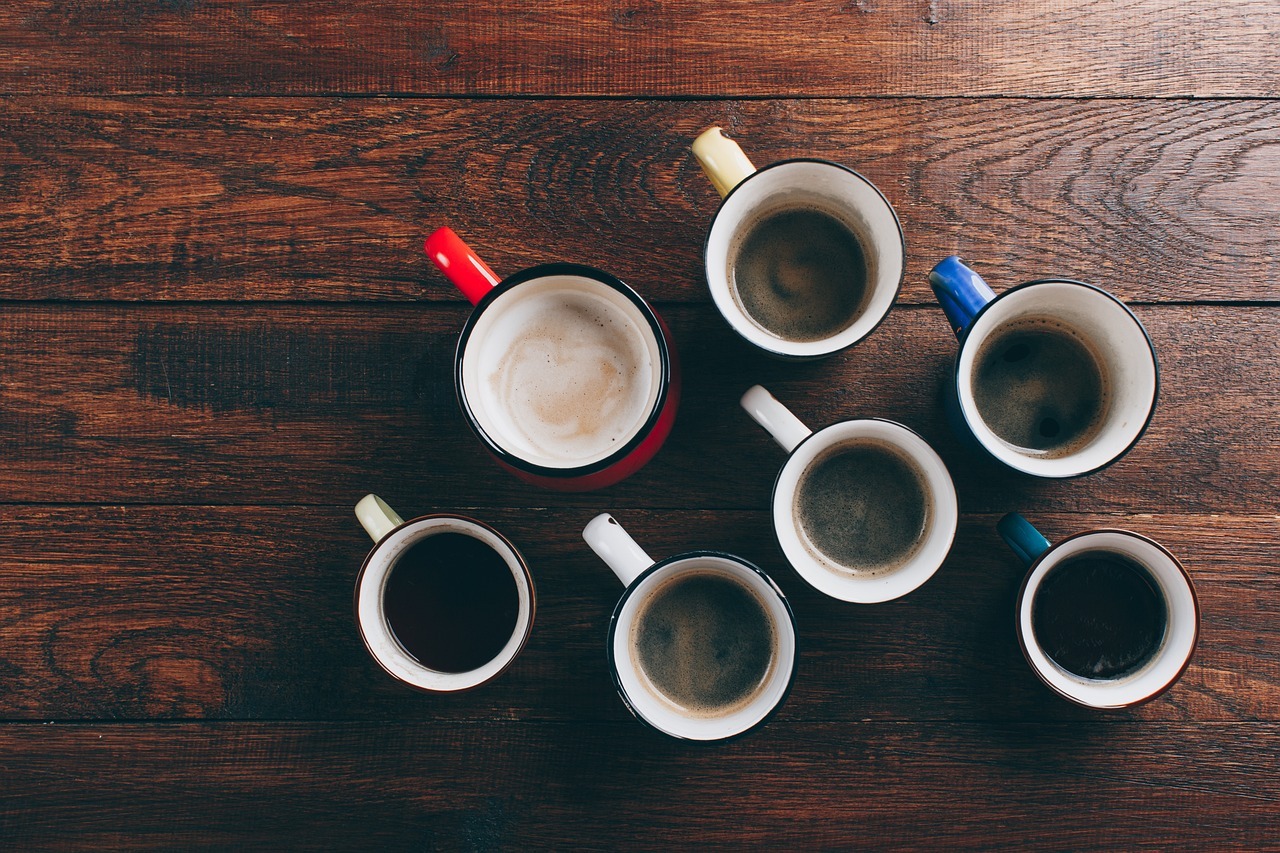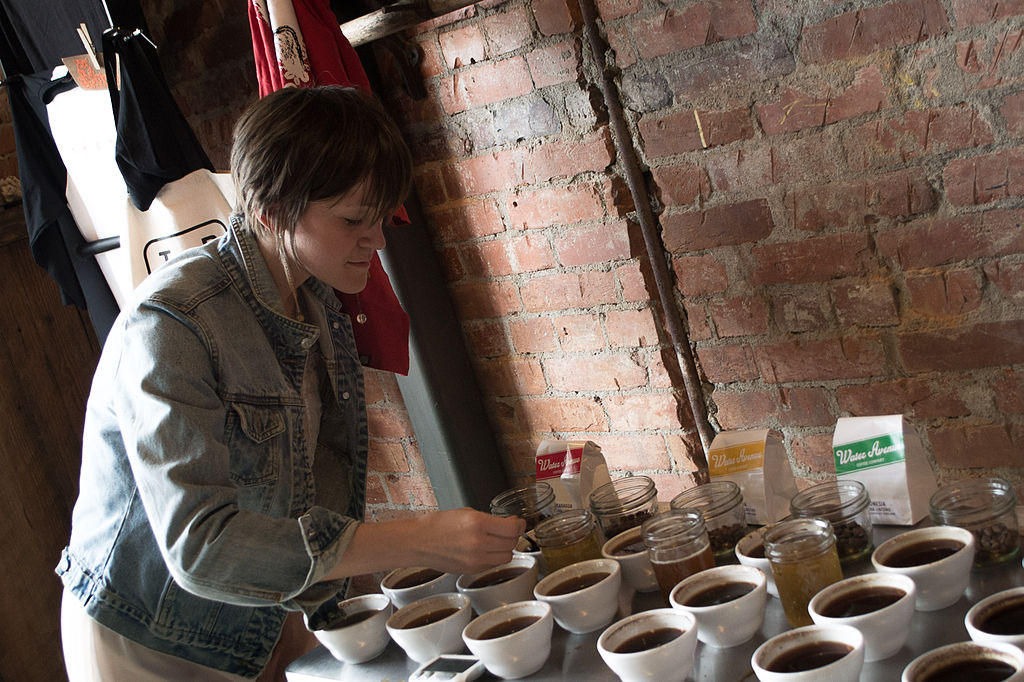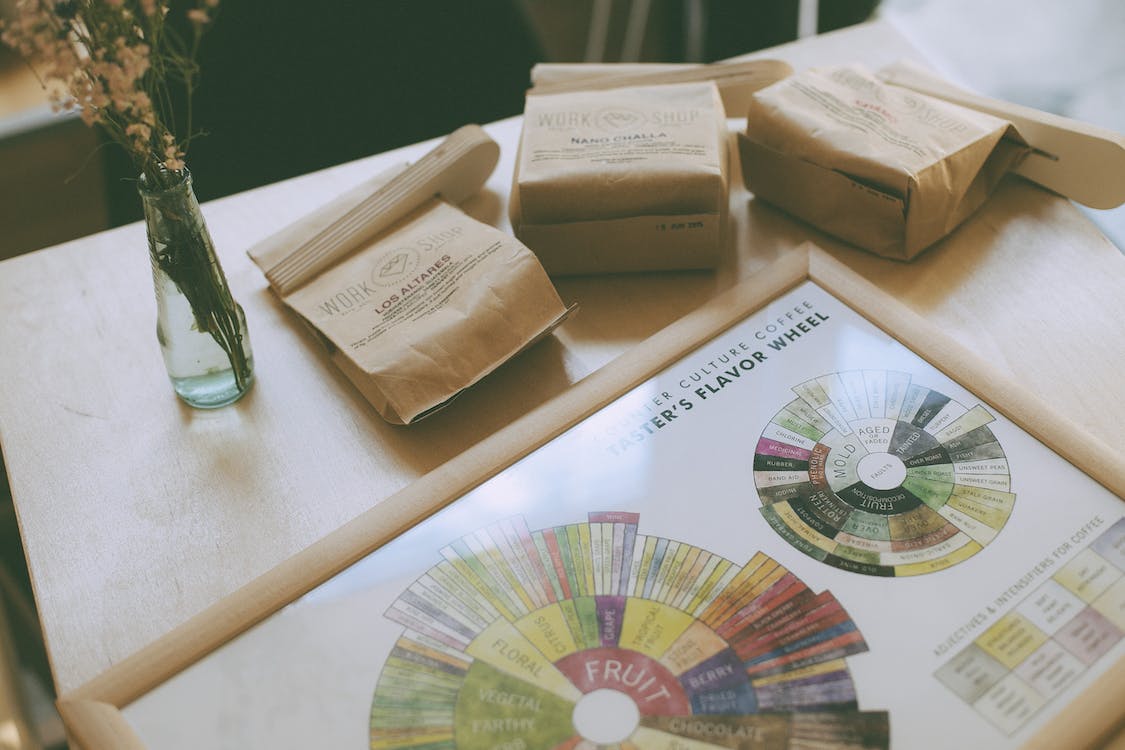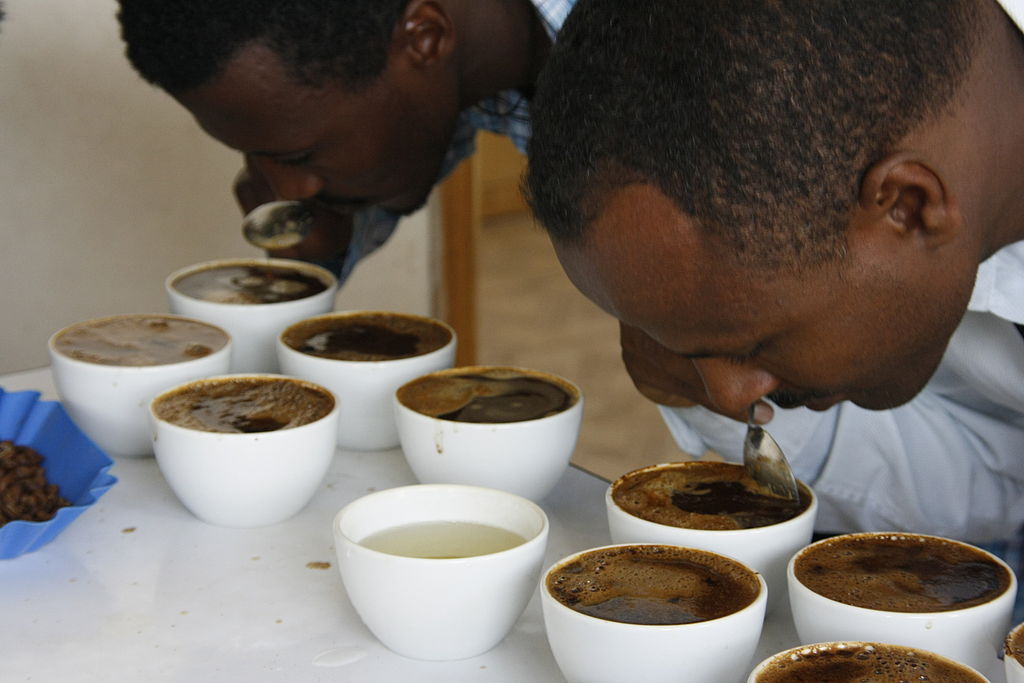Introduction
Over the years, coffee has become more than a morning ritual and evolved into a beautiful and complex art form that has challenged our senses in many ways. Like an art critic feasting its eyes on each masterpiece at a gallery, coffee enthusiasts practice what is called “coffee cupping” or simply “coffee tasting”. Said to have started in the late 1800s, coffee cupping is a systematic evaluation process that judges the fragrance and flavor quality of coffee which involves smelling dry coffee grounds and brewed coffee, and of course, slurping coffee. This has been widely used by professionals in the coffee industry like producers, roasters, and baristas to ensure the quality of coffee.
But whether you’re a coffee enthusiast or simply just someone who enjoys a cup of coffee, learning how to do coffee cupping can be an excellent way to develop your coffee palate and appreciate the beverage more. If you’re new to this, don’t worry, this guide will help you learn the basics of coffee cupping and the preparations you’ll be needing!
Supplies to Prepare for Coffee Cupping

For coffee professionals, they might use proper equipment and tools to do the standard procedure which includes professional cupping bowls and cupping spoons. But don’t be discouraged, if you don’t have these materials or cannot buy them at the moment you can always use alternatives. Find something that’s similar and can perform the same function. Here is a list of the needed supplies. Feel free to add anything else that’s necessary:
- Coffee beans (a minimum of 2 or at least 3 varieties of coffee)
- Grinder
- Hot Water
- Scale
- Timer
- Bowls/Cups (or anything that has a shallow opening or mouth)
- Cupping spoons/Soup spoons
- Notebook and pen/Notes on phone (for writing down observations or remarks)
Using Flavor Wheels in Coffee Cupping
So, you’ve got your equipment and tools prepared, can we finally say that we’re ready to go into the actual cupping process? Of course not! Before we dive into the main event we must ask ourselves, “How do we evaluate the coffee? What qualities will we be looking at?” To fully describe our sensory experience with coffee, we can try what coffee enthusiasts refer to as the ‘coffee flavor wheel’. Each piece of the wheel represents a particular group of flavors. For instance, there are categories for notes that are fruity, floral, nutty, have a tinge of spice, and more.
More classifications detail specific flavors within each category. Citrus, berry, or tropical fruit tones, for instance, might be found in the “fruity” category. Coffee experts may use flavor wheels as a reference to identify the distinct flavors they taste in a coffee sample by comparing it to food with similar tastes and smells. Using the flavor wheel can give cuppers and/or aspiring cuppers like you, a standard way to describe the coffee’s profile, making it simpler to explain observations to others.
If you’ve already searched and seen the color wheel, it’s normal to feel confused at first, so here are tips on how to read and use the coffee flavor wheel:
1. Start Reading/Assessing from the Center – Based on the layout, the cupper or the taster must start from the center where generic taste indicators or descriptors can be found. This can be easier for you to identify. As you go outwards, you will see more detailed or specific taste descriptors. You can pause and take your time to assess it. For example, if you hit the ‘fruity’ section of the wheel, you must decide what kind of fruit describes the fruitiness of the coffee you’re tasting. If it’s citrus, move outwards and specify again, does it taste like grapefruit, lime, or orange?
2. Read the Flavor Wheel’s Lexicon or Vocabulary – This will define the flavors present in the wheel in a more detailed manner and can be quite complex or confusing for beginners. While you don’t have to read everything, you can familiarize them especially if you’re an aspiring professional coffee cupper or taster. This lexicon is a guide that will show you the following.
- 110 attribute names and definitions that will describe the sensory attribute (smell, taste mouthfeel)
- References that serve as a standard to the attribute measured (e.g. The smoky attribute can have one flavor reference like smoked almonds)
- Intensity Score or the strength of the attribute present in the coffee
- Preparation instructions
- Parent Category and child category (for more specific or related attributes)
3. Study the Colors of the Flavor Wheel – If attributes and other wordy information seem hard to remember, it would be best to study them along with the colors that they represent. (e.g. Red for fruity and orange for fermented)
Stages of the Coffee Cupping Process
© DFID – UK Department for International Development – Flickr: Fancy a cupper?
Now that we have understood how to take note of our sensory observations with coffee, we can now proceed to the actual cupping process! Here are the steps for your guidance:
- Prepare and organize supplies – Based on the list given earlier, make sure to clean them before use and check if there are any cracks or damages.
- Weigh and grind the coffee – The recommended coffee-to-water ratio is 1:18 or 1 gram of coffee to every 18 grams of water. People will usually brew 10 grams of coffee in 180 ml of water for each bowl. Make sure that this is uniform [1]
- Smell the fine grounds for fragrance evaluation – To assess the scent, cuppers smell the dry coffee grounds as they are most fragrant after grinding. This process gives you a preliminary understanding of the coffee’s aroma before brewing.
- Brew your coffee – Unlike when you’re brewing your usual cup of coffee, you won’t be needing a coffee filter for this process. Set your timer for around 4 minutes, and just fill hot water to the brim of each bowl. [1]
- Break the crust – After brewing, a crust will form on the surface. This will be the time when you will break the crust to release the coffee’s aroma. To do this, carefully push the crust aside with a spoon from the front to the back thrice. As you do this you can smell the coffee up close, but be careful not to dip the spoon too deep in the bowl as this will disrupt the coffee grounds. After breaking the crust, remove any excess foam left on the surface by using two spoons to lightly scrape it.
- Slurping the Coffee – To taste the coffee, dip your cupping spoon or soup spoon just under the surface of the coffee and slurp it hard with a loud noise. Slurping sprays the coffee across your palate, this way all of your taste buds can appreciate the coffee’s flavor.
- Taste and take notes – After cleaning your palate and tasting the coffee several times, apply what you have understood from the coffee flavor wheel and take note of the flavor attributes and notes. Describe the aroma, acidity, body (thickness or heaviness in mouth), flavor (sweetness, chocolate notes, fruitiness, etc.), and the aftertaste. Feel free to make comparisons between samples but make sure to clean your palate in between with water and unsalted crackers to neutralize the taste buds.
Conclusion
As you can see, coffee cupping is just one of the many practices in the industry that prove that coffee can be part of a complex art form. It is an adventure for our senses and a deep exploration of the variety of flavors and aromas that coffee can offer. So, the next time you take a sip of your coffee, learn to appreciate it and share your observations with others. Happy cupping!
References
[1] Suarez, M. (2022, March 21). Coffee Cupping: A Step By Step Guide. Methodical Coffee. https://methodicalcoffee.com/blogs/coffee-culture/coffee-cupping-a-step-by-step-guide
[2] What is Coffee Cupping? (n.d.). Paulig – Barista Institute. https://www.baristainstitute.com/inspiration/what-coffee-cupping
[3] Specialty Coffee Association. (2020). How to use the Coffee Taster’s flavor Wheel in eight steps — Specialty Coffee Association. Specialty Coffee Association. https://sca.coffee/sca-news/how-to-use-the-flavor-wheel-in-eight-steps
[4] Interactive Coffee Taster’s Flavor Wheel. (n.d.). https://notbadcoffee.com/flavor-wheel-en/



